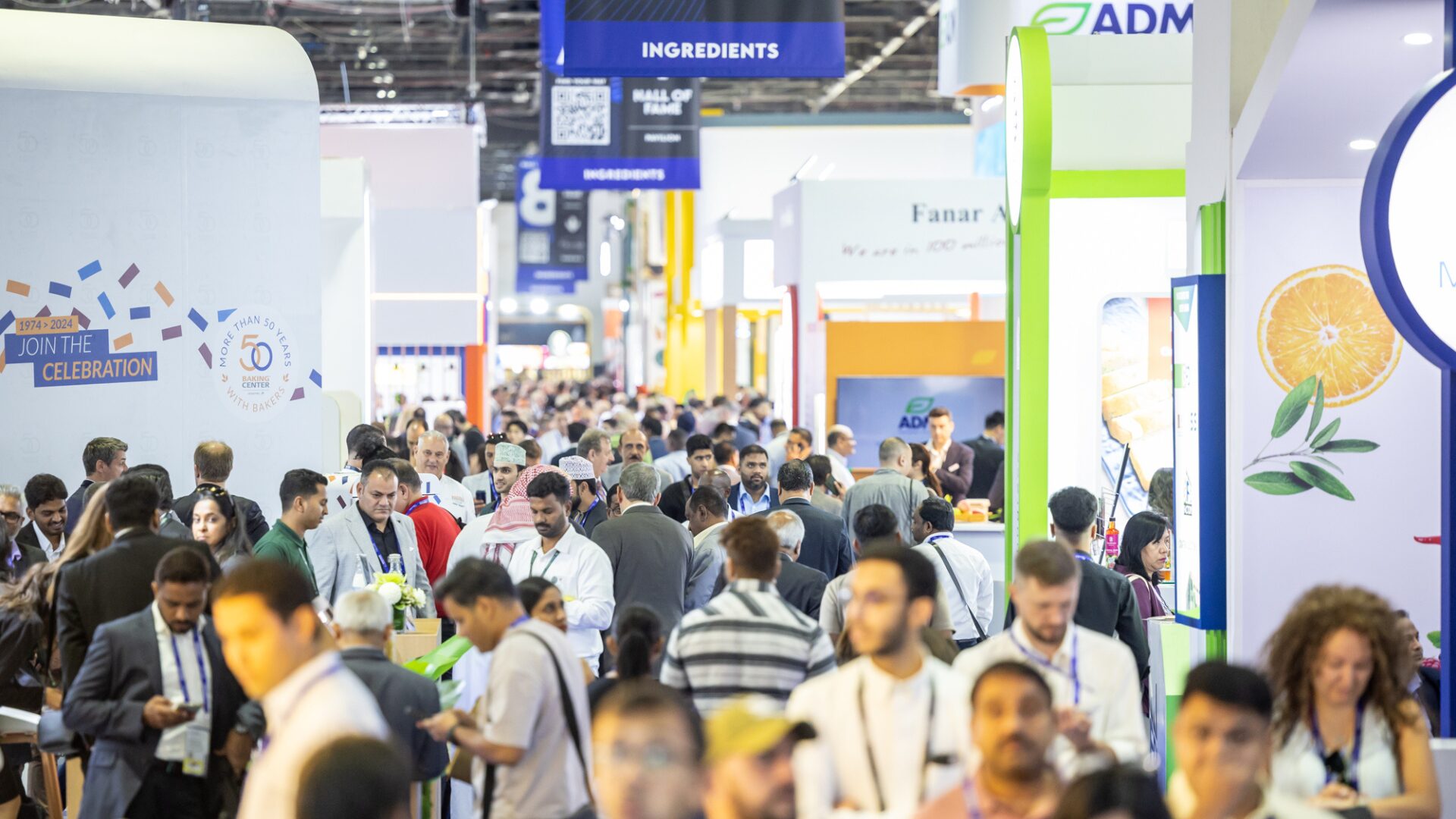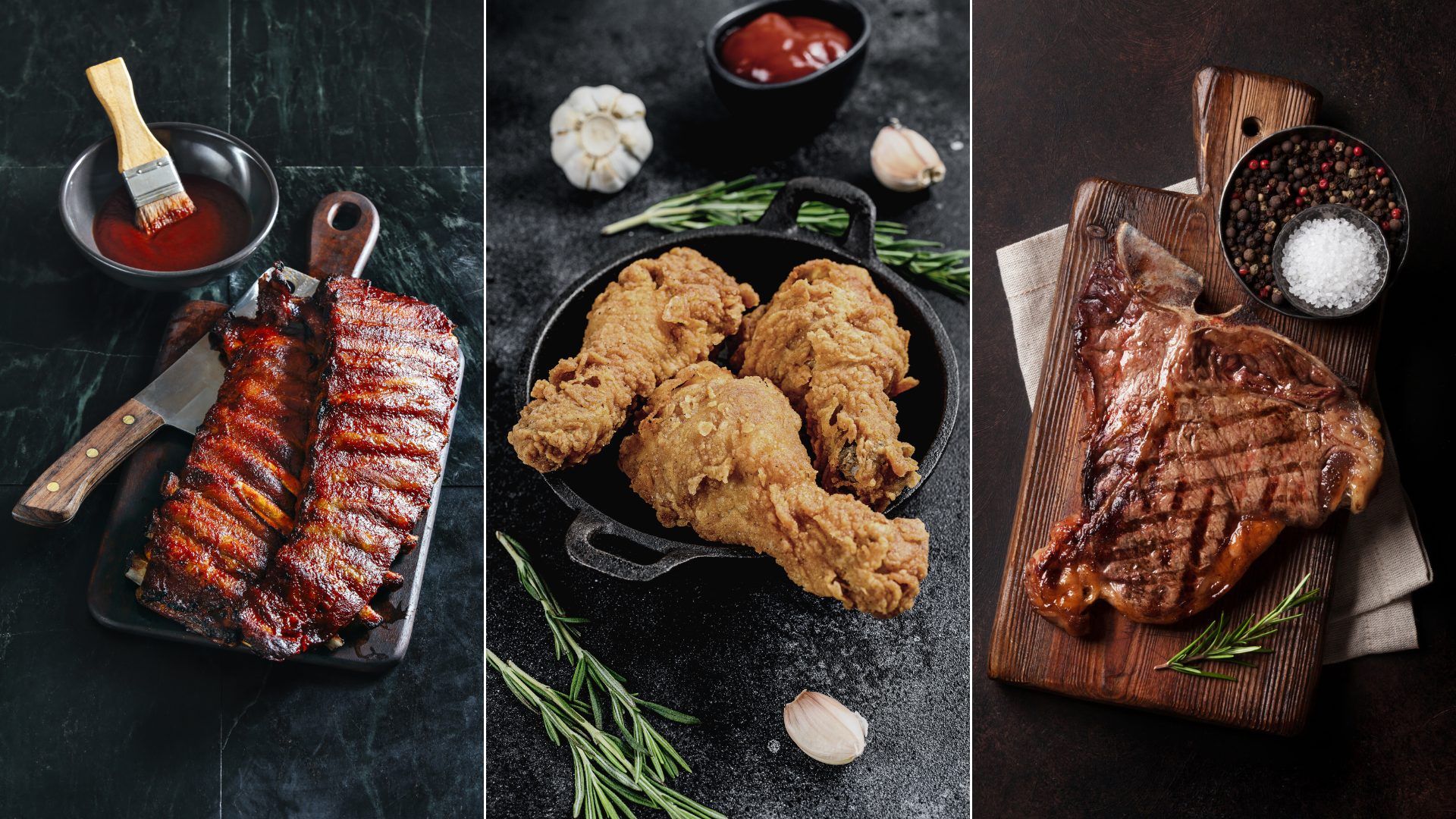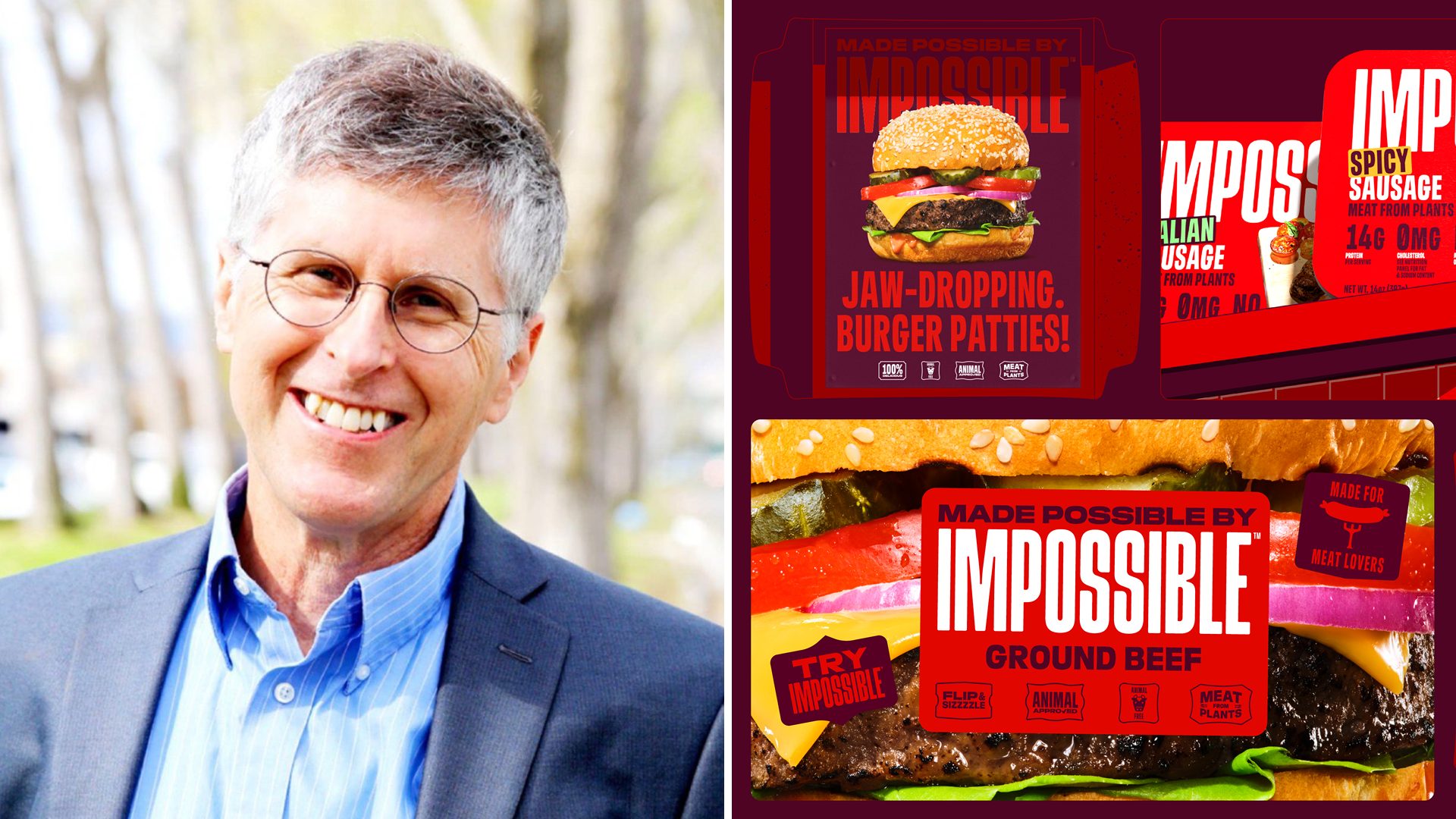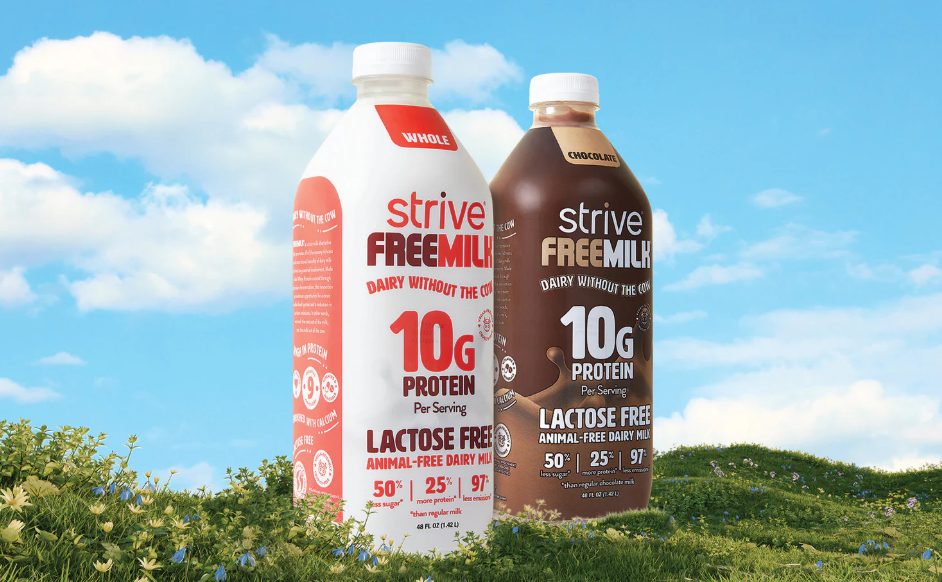Dubai, United Arab Emirates – A warning and call to action — the population is projected to reach nearly 10 billion by 2050. This UN projection was echoed by many industry stakeholders leading education sessions at the UAE’s recent Gulfood Manufacturing event, which took place Nov. 5-7.
One such session responded to the refrain by asking how the global food supply chain can support such an influx.
The answer? Alternative, sustainable protein sources that diversify nutrient sources.
Panelists discussed plant- and fungi-based foods with dense nutrition labels as well as precision fermentation, the relatively new practice of isolating and developing proteins from meat- and dairy-based offerings in a laboratory environment to create comparable analogs that leverage the same fat and/or protein cells.
Dhruv Dhawan, general manager of UAE-based Food Specialties Limited, noted that imagining alternative protein’s role in the global food supply chain requires a more specific definition of “food security” that considers the entire chain, forcing humans to re-evaluate how tenuous the current system is.
“We used to define having food security as having a bunch of cows. That’s not actually food security… because if we’re not able to import the food to feed the animals, they would have to go,” he explained.
Food security “does not translate into having 100,000 cows in the desert,” he added, acknowledging that the UAE’s mostly desert terrain necessitates innovative solutions to feed its population.
Organizations around the globe are investing in alternative protein sources to offer their communities reliable nutrient sources. Although in nascent stages, insect-based protein, plant-derived protein-packed offerings, and meat and dairy analogs developed through precision fermentation present promising solutions.
The lattermost development took center stage at the event.
Where Does Precision Fermentation Fit In?
“Food disruptions have happened throughout all of time… and humans have always come to common sense solutions,” said Ihab Arafah general manager of NAFCEL, KSA, during a conversation about building supply chain resilience. The intonation rings true for alternative proteins and precision fermentation in its implicit suggestion as a logical method to support potentially life-threatening strain on the food supply.
Although one simple solution to such a complex problem is unlikely, precision fermentation’s role could be transformational without asking that entire populations forego meat and dairy consumption. In fact, many leaders advocate for a flexitarian-style approach wherein sustainable alternatives supplement only some animal-derived protein consumption.
Many commented on the appealing environmental propositions these innovations offer.
Thomas G. Schmidt, CEO of Denmark-based food tech firm 21stBIO, explained that current developments in the space prove that the technology can convert carbon into protein with ten times the efficiency than conventional cow-based protein. Moreover, even in cases where the energy use exceeds that of traditional livestock management, sustainable energy sources can support the technology, added Johannes le Coutre, professor of food and health at the University of New South Wales.
The alt-protein market is currently valued at roughly $15.7 billion (USD), however, it’s expected to grow to $25.2 billion by 2029, according to data from market insights firm Markets and Markets. Schmidt added that this signals the potential in the space, especially considering how well precision fermentation scales.
Additionally, the problem of foodborne illnesses, especially in the U.S., has shocked consumers, with recent outbreaks of listeria and E. coli making shoppers weary about the safety of their meat purchases. Gustavo Burger of cultivated meat company Believer Meats noted that an additional benefit of the technology is its ability to mitigate foodborne illnesses because the proteins do not come from bacteria-ridden livestock.
“The notion that food harms is… [antithetical to] why we manufacture food. This is what keeps me awake at night,” he said.
Cultivated Meat Headwinds
Although multiple countries can merchandise precision fermentation meats, customers are still reluctant to try these offerings. Even domestic USDA and FDA acceptance has done little to change this sentiment, with many U.S. states, including Florida, banning the manufacture, sale, and distribution of the product.
Nicholas Morin-Forest, co-founder and CEO of French precision fermentation firm Gourmey, positioned some of the technology’s hangups with an anecdote about how freezers disrupted the ice industry.
“They used to say that artificial ice from electricity couldn’t have the same benefits as ‘natural ice’” sourced from the poles, said Morin-Forest. “Now we know that argument is absurd. It’s the same with precision fermentation.” He added that consumer interest and consumer acceptance are at “chapter zero,” and it’s up to these companies to educate consumers by presenting the science reporting on its safety and build consumer trust.
Alternative Protein CPGs Need to Step Up
Despite the social good that all forms of alternative protein sources can offer, le Coutre noted that it’s up to these companies to make the value proposition attractive.
“Consumers care most about taste, cost, and convenience, so these products must play into these drivers,” he explained.
Although today’s consumers are preoccupied with the environment and desire brands that take steps to become more sustainable they will still prefer to consume the products that satisfy and satiate.
Burger added that change will not occur on a global scale until cultivated meat products are accessible and affordable, both to consumers and to other manufacturers.
“Our approach is to democratize this technology,” he said.
The Food Institute Podcast
Restaurant results for the second quarter weren’t stellar, but people still need to eat. Are they turning to their refrigerators, or are restaurants still on the menu for consumers? Circana SVP David Portalatin joined The Food Institute Podcast to discuss the current restaurant customer amid a rising home-centricity trend.











